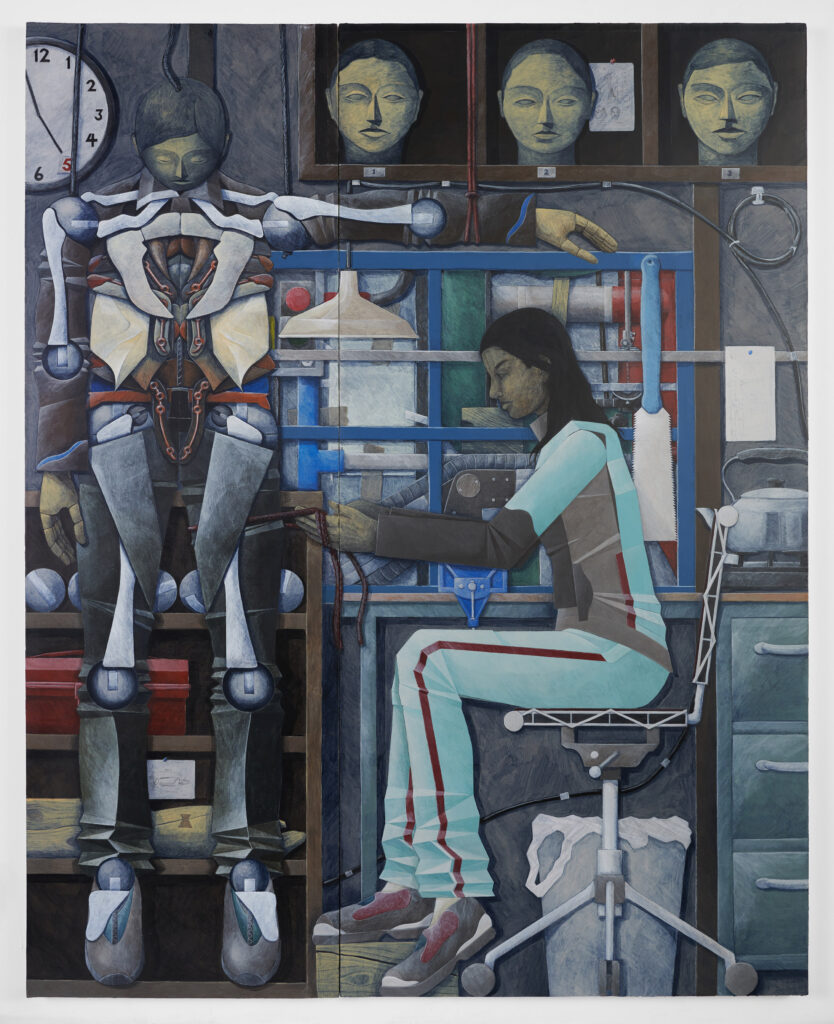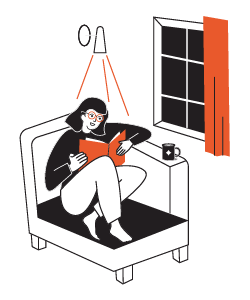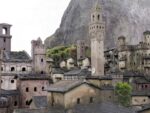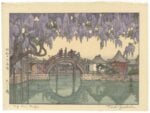Lito Kattou / Isaac Fujita

La galleria presenta le mostre personali di Lito Kattou (Nicosia, CY 1990) dal titolo “Travellers”, e di Isaac Soh Fujita Howell (1993, Princeton, New Jersey, USA) “By order from above”.
Comunicato stampa
“ I dreamed about a culture of belonging. I still dream that dream”
bell hooks
There is now evidence in contemporary archeology and anthropology that hunter-gatherer populations were not small isolated groups that would only struggle to tame nature and their survival but they had even been living in large communities- sometimes hierarchical but usually not- shifting through different modes of societal structure and governance. This, long before the invention of agriculture and the so believed departure of humans from some egalitarian Eden.
In those long periods of time humans did what they are probably programmed to do. Not to remain in one place. Thus be a physical geographical location or a mental psychological space. We have now proof that populations exchanged knowledge and goods traversing thousands of kilometers without the comfort of a common language. Traveling, as another way to say dislocate, move, get in friction with the Other.
Before a process of shrinkage to those prehistoric endeavors of interchange took place and ended for us with the modern nation states construction, colonization and divisions between them with hard barriers, humans kept in many occasions the freedom to move away and be received somewhere else.
Kattou examines subjectivation in her practice by questioning the relationship we could potentially have or the one we have had structured with animals, nature and technology and continues to see the relevancy of those questions within the series of the works Travellers. Her Travellers now as of previous series (e.g Whisperers, Fondazione Pomodoro, ICA Milano 2023) traverse boundaries, lands, worlds, and psychological realms.
The artist, through her engagement with the representation of the body and the idea of flatness, which questions the traditional understanding of volume and sculpture, creates an undefined set up. She questions the psychological states of belonging, the power of community making or even the necessity to structure one, the idea of exchange, the loneliness found in mental and physical dislocation and the withdrawal or the coercion to abandon one’s “hearty” terrain due to imposed circumstances. As the one of a changing unlivable environment, the desertification of areas or societal friction.
Each one of the Travellers is carrying a different story felt as a burden or as a gift.
Those bodies are parables, agents of a world in transformation and a mechanism of understanding the presence of humans on earth seen now differently.
Landscapes engraved on their bodies, relics of buildings, weapons, copper plated flowers collected from the Mediterranean area, umbrellas, tools or other carried folded shelters that could be used throughout the journey, might reveal adaptive readiness for their journeys. Letters indicating their names, identity or location they belong to. Moons and stars following them above and on the side of their bodies.
For ‘Traveller IIX’ the artist notes on the back side of the piece with a marker: ‘’Dress your heart wounds, she said’’ - invisible to the viewer but a hidden message that defines Traveller’s IIX
character and own psychological state. This body might be wounded but nevertheless the letter L betrays other of its traits. Lover, lost, Lito (a self portrait), luminous, liquid, landless, lazy, lethargic, logical, loyal, local, leader.
In Ursula Le Guin’s novel ‘Always coming home’ the character ‘North Owl’ dislocates from a matriarchal valley in California where she lived most of her life to a hostile city. When decided to return back to the valley she changes the name she was given in the city from Ayatu to ‘Woman Coming Home’. bell hooks’s perception of the world of home was transformed by living in self-exile away from Kentucky and the agrarian area of her upbringing. Probably under the same way interchange between populations, that developed their shared or opposed cultural trajectories in the Neolithic Middle East, achieved through displacement between the steppe uplands zones of the Iranian Zagros of the Fertile Crescent to the lowland settlements in the Euphrates valleys, until the coastlines of the Levantine Corridor.
Transition to places and mental states recurs in Kattou’s works as the hybrid timeless bodies of her characters themselves. Indifferent to the artist if they will achieve to arrive anywhere, the bodies are captured and presented in a pause from a continuous wandering. They are not searching a utopia or an ideal location under an escapist plan but by also holding their weakness and pitfalls, their turbulent waves scenes or serene sunsets, their sponge like soft tenderness and edgy pointy sharpness, they seek a redefinition of their individuality through a community making. They seek to extend their relationship with the world through a mutuality against a future that would keep them still and apart from their true nature.
*bell hooks, Belonging: a culture of place.
****Fertile Crescent | Levantine Corridor: a crescent-shaped region in Western Asia and the Middle East. Formed by the Tigris and Euphrates rivers and the Mediterranean Sea, this region gave rise to some of the world's earliest civilizations.
For this exhibition, entitled 'By order from above (and we are all dutiful citizens),' Isaac Soh Fujita Howell has shifted from the sci-fi imagery of his earlier paintings, focusing more directly on ideas around labor and self-formulation. In reflecting on these themes, he often referred to Henri Lefebvre's analysis of modern capitalism explored in his renowned text, 'Critique of Everyday Life'. Capitalist attitudes towards hyper-productivity and self-optimization have reduced the human being to a mechanical appendage of a larger labor apparatus. Under duress, we compromise our humanity for the sake of having enough food to eat, clothes to wear, a roof to live under – staying alive.
Through the ennui of the everyday, our wandering eyes watch seemingly exceptional individuals living lives more fully realized than our own. Beautiful people wear exquisite clothing in the company of interesting individuals against the backdrop of a constantly shifting landscape. We continue forth with perpetual expectations for something extraordinary, only to tug back and forth between being “ever-disappointed and ever-rekindled [in] hope” (Lefebvre, 1947). We fall into a cycle of unease, discontent with the most banal details of our quotidian experience.
Individualism seemingly offers an exit ramp. In the Age of Information, we can broadcast our escapes from the everyday – we brandish our new clothing, pose alongside our attractive peers, livestream our vacations. But as even our broadcasting becomes monetized (either through real or social capital), we are rewarded by amassing even more possessions, entering even more exclusive circles, traveling to ever more distant locations. We too, become a commodity.
How then do we contend with the sacrifice of our humanism and authentic experience in exchange for the preservation of our illusory appearances as exceptional individuals? How do we retain what makes us human without being subsumed into the deadness of machinehood?
Through this cycle of paintings, Howell endeavors to unravel the threads of societal estrangement and poses a visceral challenge to the forces that threaten to sever the bonds of our shared humanity. In these depicted scenarios, he confronts the pervasive ideologies that strip away the richness of our collective experience, leaving behind a barren landscape of isolation



